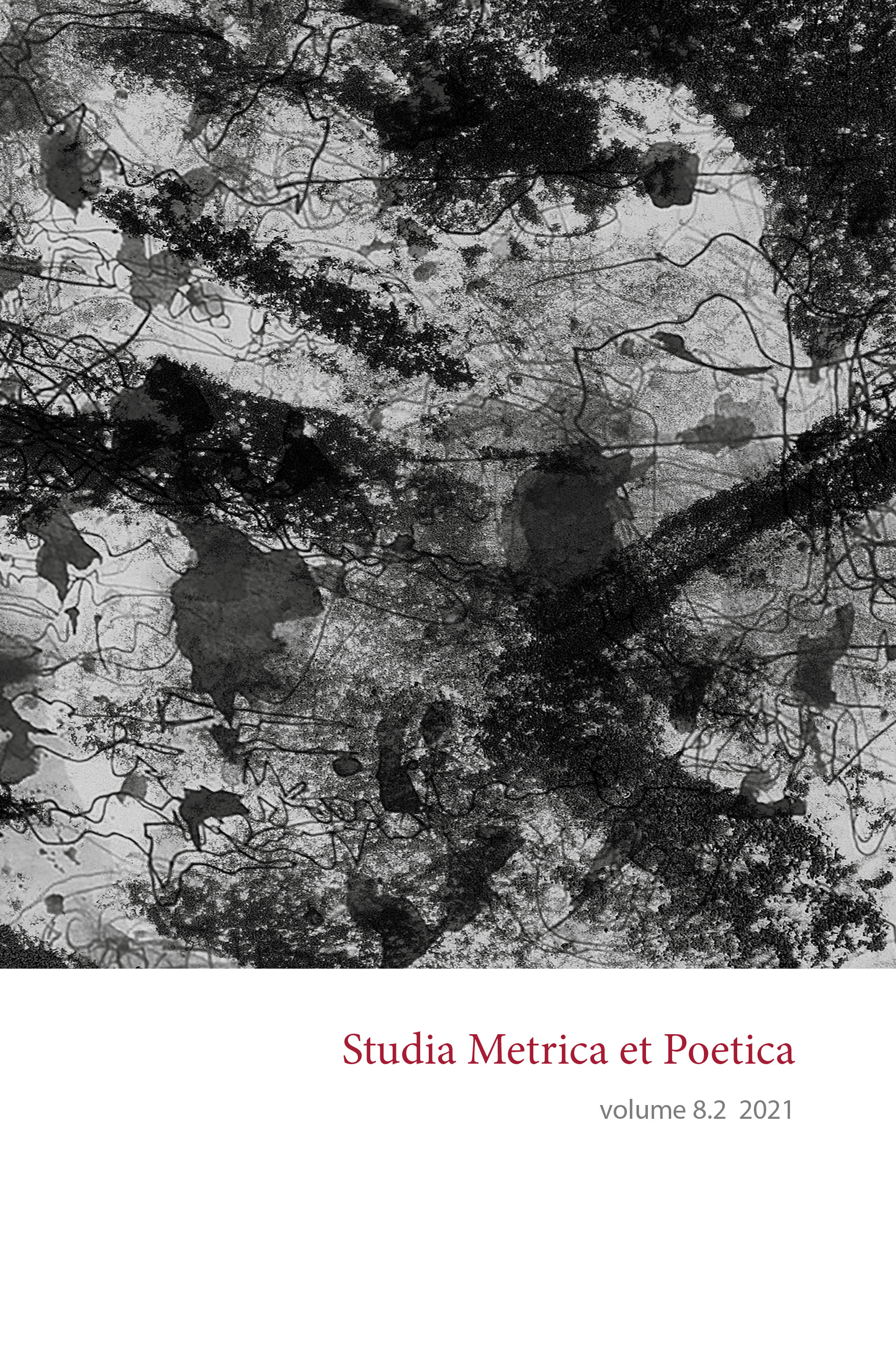Alliteration as a Rhythmic Device in Latin Literature: General Clarifications and Proposal for a New Vertical Variant, Alliteration Before or After the Caesura
DOI:
https://doi.org/10.12697/smp.2021.8.2.05Keywords:
alliteration, Latin poetry, caesura, vertical correspondenceAbstract
In this article, two types of alliteration in Latin are analyzed: the one that occurs horizontally in the verse (Saepe Solet Scintilla Suos Se Spargere…, Lucr. 4.606) and the one that develops vertically in successive verses (Aurea … || Asper… || Arboris…, Lucr. 5.32–34 or … Annis || … hAbendo, || … ARatri || … ARuis, Lucr. 1.311–314). We propose a vertical variant that has not been studied to date and that we have called alliteration before or after caesura, insofar as it takes place between terms placed immediately before or after the caesura of two or more contiguous verses (…Manus |… ||… Memores |… ||… Musis |…, Claud. 26.5–7; or … | Palantia… || … | PRaeclara … || … | PRimum …, Lucr. 2.1029–1031); This article shows that both horizontal and vertical alliteration constitutes an element of delimitation and cohesion of contiguous hemistichs or verses.


